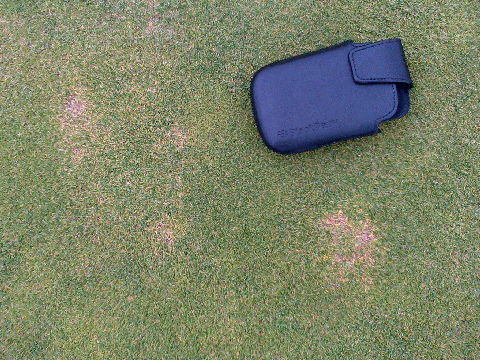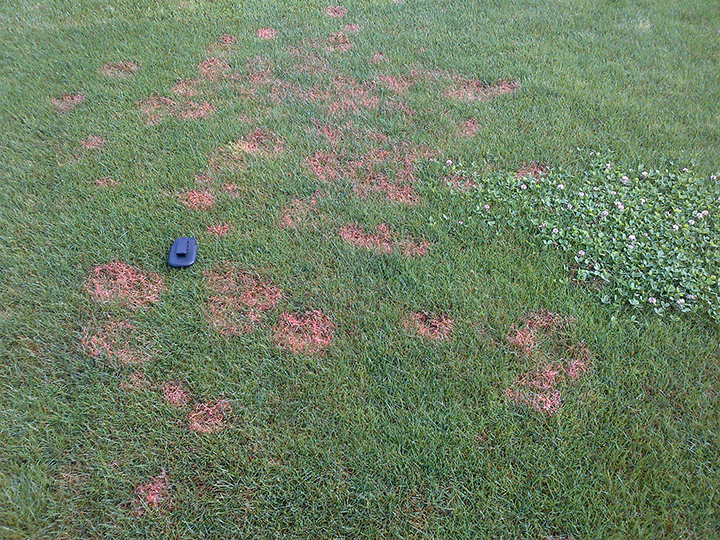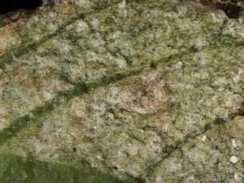Turf Specialist, Jim Murphy talks about what’s happening out in the field on the new
Rutgers Turf Blog.
 |
Good cultural management practices can help reduce the severity of Anthracnose basal rot.Read more > |
 |
Most people begin to notice crabgrass in turf around the 4th of July. At that time, the crabgrass plants are large enough that the leaves stick-up above the desired grasses and the lighter, yellow-green color is highly noticeable from a distance.Read more > |
 |
Red thread disease tends to be more aggressive in full sun than shade and it often appears where soil fertility and organic matter are low.Read more > |

